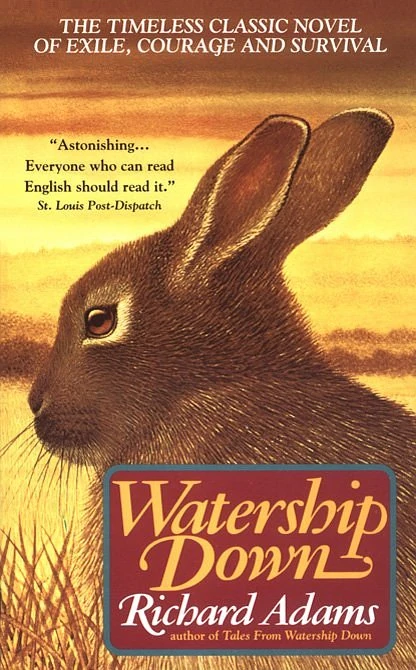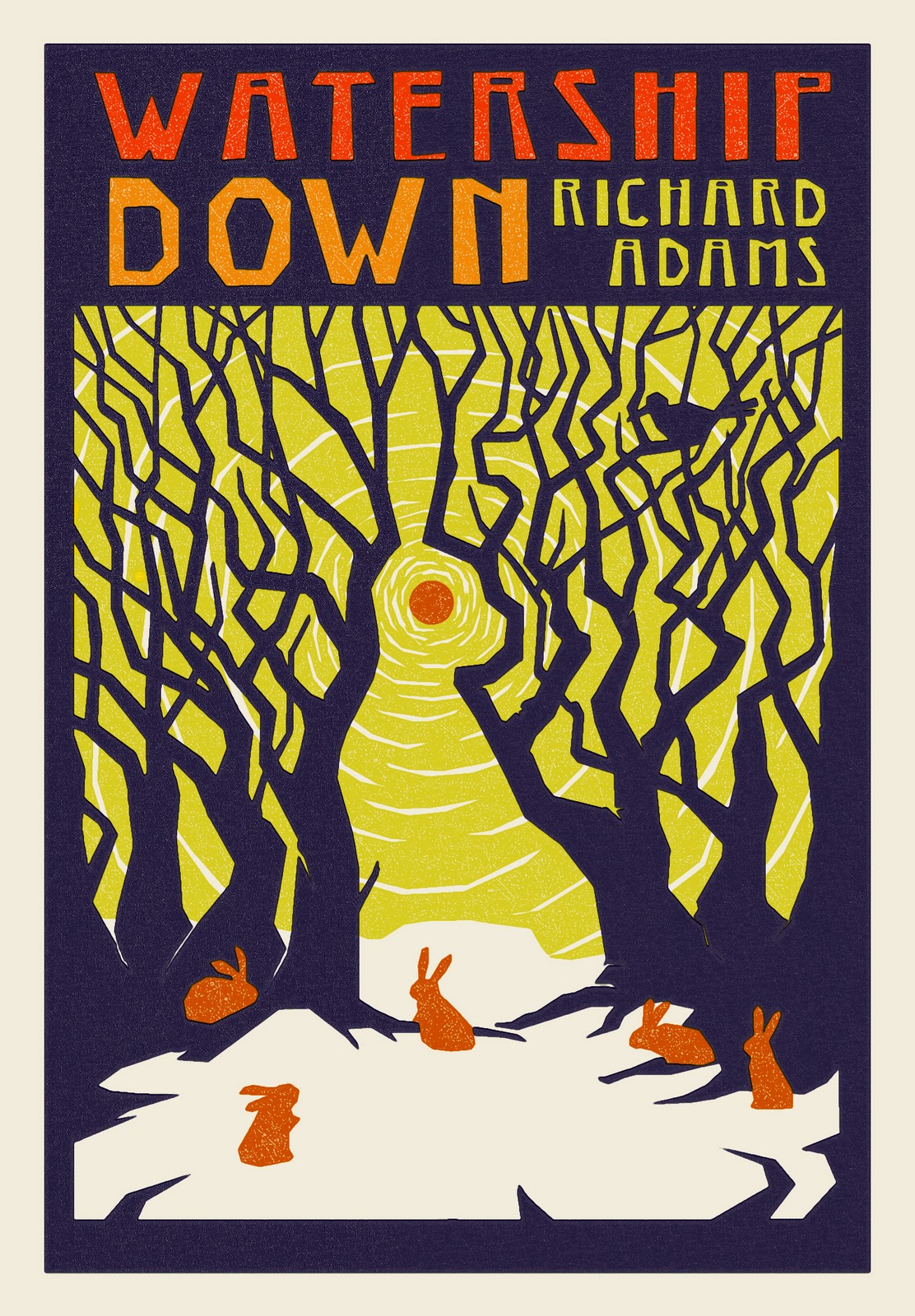The initial Quick Start rules for Herbalism were a more or less straight conversion from the original
Bunnies & Burrows game, including keeping the names of the herbs intact. This created potential copyright infringement issues, and it was an amateur mistake on my part to put them out there. But in my defense, I
am an amateur...
That said, I removed the document from circulation as soon as someone pointed this problem out to me. And since then, I've been working on some newer rules that keep the spirit of the concept intact while making their execution more OGL-compliant.
Here's a sneak peek at what I've been working on. I hope to have a full version of these rules back in Quick Start circulation in about a month. Keep in mind that these are all preliminary, and subject to substantial change before the final Quick Start version gets released.
---------------------------------
Herbalism is divided into five broad schools: astringents, boosters, enchantments, poisons, and psychoactives.
Astringents are herbs that treat wounds and otherwise aid in alleviating pain and suffering. They will mostly mimic minor clerical healing effects, but never be as good as the Healer's abilities.
Boosters provide recipients with bonuses to lore checks, or grant them temporary abilities that mimic Species Traits from other animal types.
Enchantments are "love weeds," that make targets more susceptible to suggestion, or alter their default Attitude rating in some way, or otherwise affect their state of mind (as opposed to their perceptions). They will generally mimic the effects of spells like
sleep,
charm person, etc., but with fixed durations, limited targets, and so on.
Poisons are self-explanatory; they are herbal concoctions that inflict damage, or even death, on recipients.
 |
| If only there was a way to weaponize this technology... |
Pscyhoactives mess with the recipients' perceptions of reality. They will mimic the effects of illusion magic, but only be perceptible to the subjects receiving them.
Herbal concoctions have a Difficulty Rating, like most other tasks in the game. Concoctions are rated from Average to Formidable, based on the Threat Level of saving throws against them. Any character with levels in Herbalist lore can learn and concoct Average herbs (though not necessarily automatically knowing any), but only niche Herbalists can make more difficult ones.
Niche Herbalists begin the game with access to two "schools" of Herbalism, and know the recipes for all of the Average herbs in those schools. Alternately, they can choose to specialize in one of the schools, which grants them access the Tough-rated recipes from that school, as well, at the cost of starting without knowledge from any other school.
In addition to recipes known, niche Herbalists begin play with 2d5 prepared doses of Average difficulty concoctions of their choice, gifted to them by their mentor, whether they know the recipes for those concoctions or not.
As they gain levels, niche Herbalists improve their skill at their chosen schools. At 3rd level, niche Herbalists can learn and concoct Tough recipes from their chosen schools; at 6th level, they can learn and concoct Challenging recipes; and at 9th level, they can learn and concoct Formidable recipes.
Specialists improve faster than generalists in their specialized school, gaining access to Challenging recipes at 5th level, and Formidable recipes at 8th level. However, their progression in and access to other schools is limited, as noted below.
Niche Herbalists gain access to new schools as they go up in level. At 3rd, 6th, and 9th levels, they gain access to one new school each, at Average level. Each time they gain access to a new school, their knowledge in the previous schools goes up one rating.
For instance, if a niche Herbalist begins play with access to Poisons and Psychoactives, she knows the Average recipes for those schools at 0-level. When she reaches 3rd Herbalist level, her knowledge of these schools improves to Tough, and she gains access to one new school... say, Astringents ... at Average rating. Then, at 6th Herbalist level, her knowledge of Poisons and Pscyhoactives improves to Challenging, her knowledge of Astringents improves to Tough, and she gains access to a fourth school... in this case, Boosters ... at an Average rating of knowledge. This pattern repeats in a similar way at 9th Herbalist level, by which time she should have access to all five schools of Herbalism.
Specialists gain access to new schools at the same rate, but can only access four total schools before 10th level.
Most of the rest of the rules I wrote -- about delivery types (Contact, Ingested, or Inhaled), dosage-to-Size ratio, etc -- will be largely the same, but all of the herbs listed will be new, either invented by me or derived from some OGL source.
The concept of poisonweed, originally adapted from B&B, is gone.
Here are some sample herbs.
Brown Mold Spore (Formidable Poison)
Delvery Method: Inhalation
One dose of this herb contains enough
brown mold spore to affect all targets within a 5 ft. radius once it is burst open, including the Herbalist herself if she has not thrown the dose beyond that range. All creatures within the area of effect must succeed at a save vs. blast effects or suffer 2d7 hp of cold damage as their body heat is drained away. The following round, a save vs. death effects must be made, or the affected creatures continue losing 1d7 hp per round until they "freeze" to death. A successful second save ends the effect.
Dazzleberry (Challenging Psychoactive)
Delivery Method: Ingestion
Mimics the 4th level magic-user spell
confusion, but only affects one Medium Size target per dose. The effects last for 2 hours (120 turns).
Hawkeye (Average Booster)
Delivery Method: Ingestion
This herb grants the imbiber the Ultravision species trait for one hour.
Snoozeweed (Average Enchantment)
Delivery Method: Ingestion
This herb mimics the 1st-level magic-user spell
sleep, except that it only affects one Medium Size target per dose. The target sleeps for one hour (60 turns).
Yellow Mold Spore (Challenging Poison)
Delivery Method: Inhalation
A single dose of
yellow mold spore contains enough of the herb to affect all targets within a 10 ft. radius, once it is burst open (this includes the Herbalist herself, if she has not thrown the dose beyond that range). Anyone caught within the
yellow mold spore cloud must make a save vs. death effects, or choke to death within 2d3 rounds.







